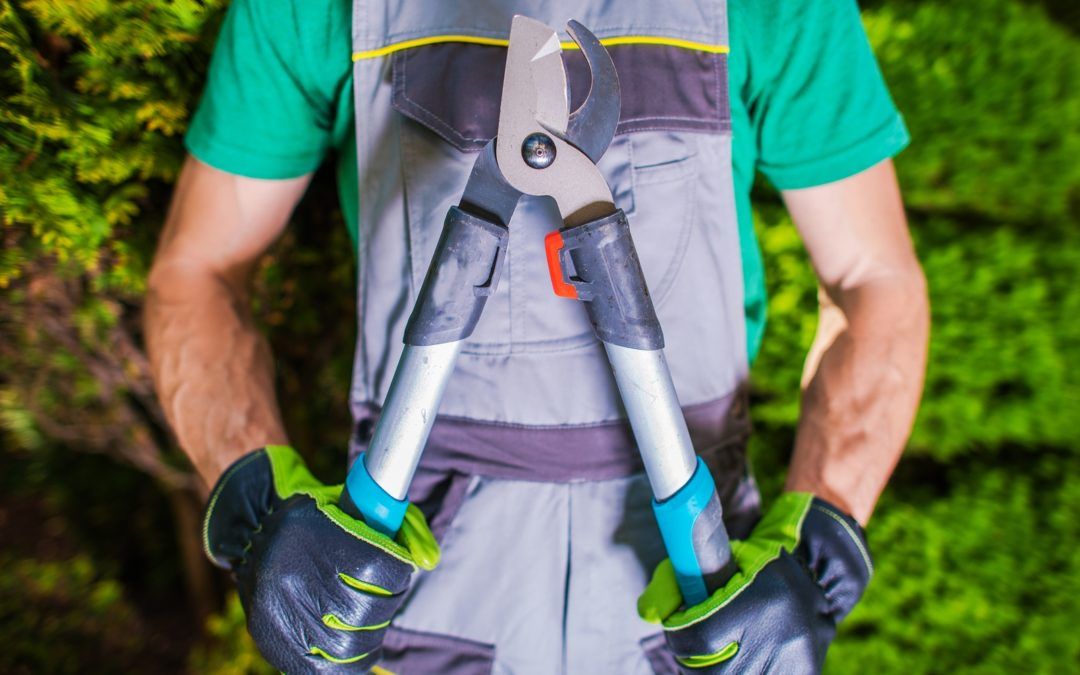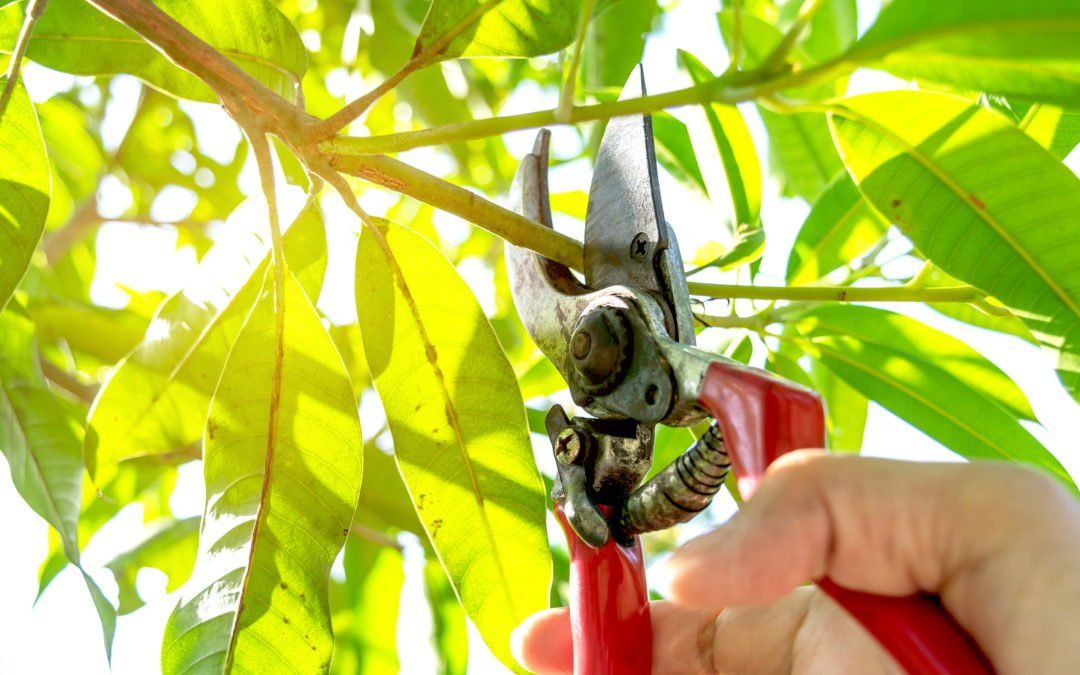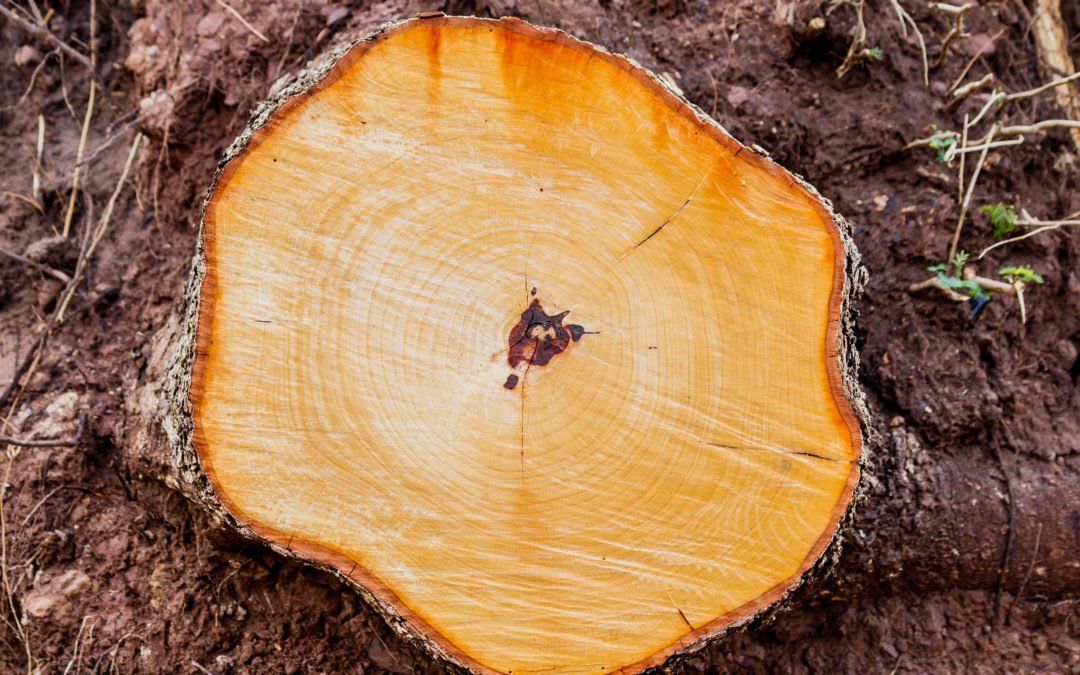Proper Pruning: How and Why

Learn About Proper Tree Pruning
Pruning a tree is a great way to keep your property looking good, but before you grab some tools and start climbing, it’s best to educate yourself on the methods and reasons for pruning to keep your yard as healthy as possible.
The Raleigh-Durham area is fortunate to have an excellent climate for trees, and we have a wide variety of them throughout the region for landscapers and garden lovers to choose from. Expert tree services like Henry’s in Raleigh make a living helping area residents maintain healthy, attractive trees.
Why prune a tree anyway?
If your tree is green and alive, why bother pruning it? There are a few good reasons you may want to prune or have your trees pruned.
- Aesthetics: This is just a fancy word for beauty. Sometimes a tree looks better with a little guidance. All of the branches might be growing into a nice uniform direction, and then a few decide to jot out from the side and ruin everything. Pruning for aesthetics usually entails eliminating these wayward branches.
- Safety: When there is a branch hanging ominously over your home or your parking space, it may be best to prune this away. Larger branches are harder remove, so the earlier you can spot and prune these, the better.
- Dead limbs: Branches that are dead will take valuable resources away from the rest of the tree, affecting its overall health. It’s wise to find and remove these dead limbs when possible to reroute all nutrients to the parts of the tree that are still alive and well.
- Halting spread of disease: Some diseases start off on only a branch or two. Spotting this and eliminating the diseased branches can stop the disease in its tracks and save the entire tree.
- Air flow: Too many branches clustered together will prevent proper air flow. Thinning the extra branches can solve this issue.
Tips for proper pruning
- DO prune lightly. Eliminating more than a quarter of limbs at once can harm the tree.
- DO NOT prune more than once per year. Give the tree time to recover.
- DO prune during the winter. This will prevent uneven growth in limbs.
- DO NOT remove major branches unless necessary as it can also weaken the tree.
- DO cut at the branch collar. Cutting further out leaves a stub and cutting further in creates a gash.
Best tip on pruning
A great suggestion for pruning though is to rely on expert arborists and tree care professionals. Yard work is fun for some people, but that doesn’t necessarily mean they will know the proper technique. There is a chance you could drop heavy branches onto a home or vehicle; there is the possibility of killing a beautiful part of your lawn; there is even concern that you could be injured.
Henry’s Tree Care in Raleigh, NC, has the equipment, experience, and training to prune effectively and at a great price. We serve Raleigh, Durham, Morrisville, Cary, Chapel Hill, Garner and the surrounding areas. Give us a call today to discuss how we can help at (919) 532-9141.
Our Promise
We strive to deliver excellent customer service while expertly meeting all of your tree service needs.
Contact Us
SEND US A MESSAGE:
We will get back to you as soon as possible.
Please try again later.
Map
Serving The Triangle Area, NC
Office Phone: (919) 532-9141
Emergency Phone (Avail. 24/7): (919) 649-8444
treecareexpertraleigh@gmail.com
WEB DESIGN BY LOCALEDGE, ALL RIGHTS RESERVED |SITEMAP










